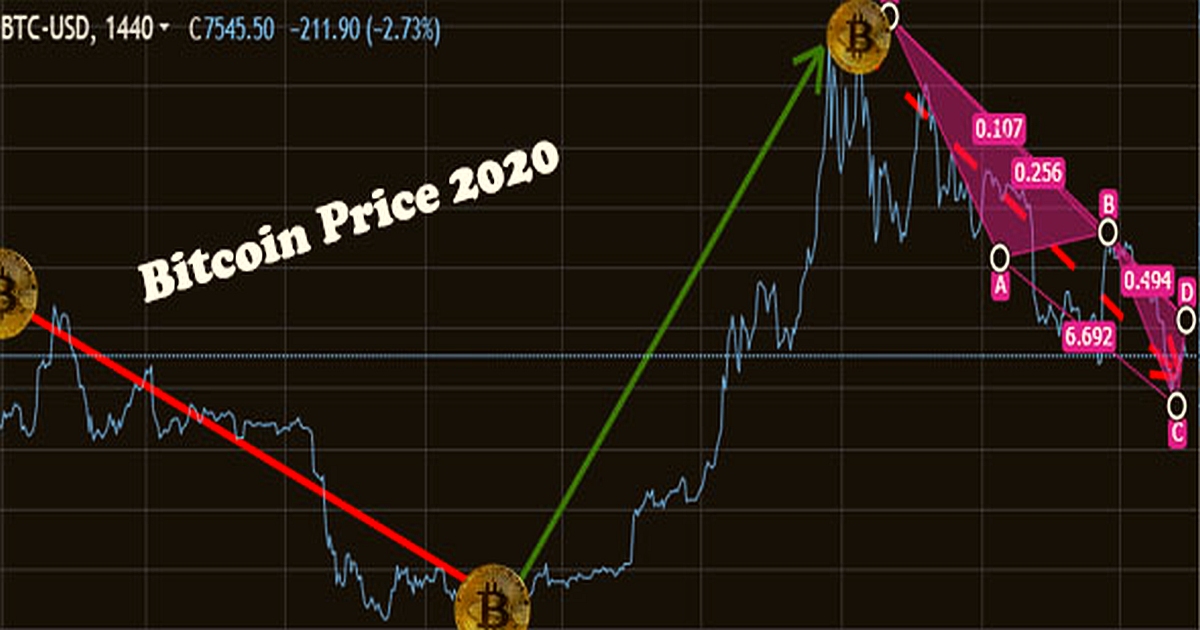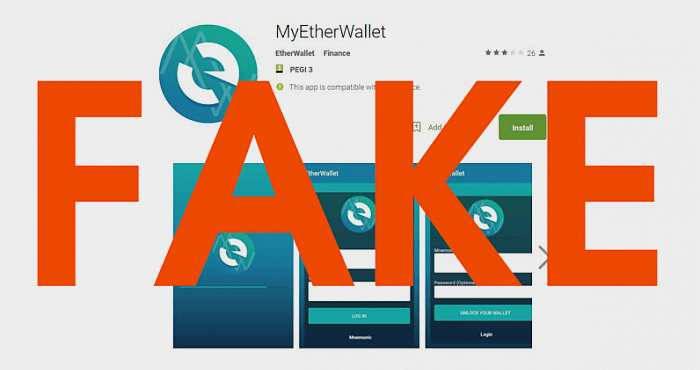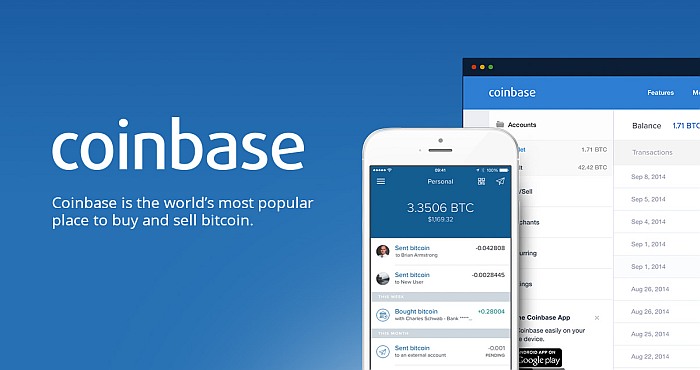Bitcoin was first released in 2009 and offered transaction fees that were lower than any other mechanism of online payment. Unlike currencies offered by the government, Bitcoin is under an authority that is decentralized. In fact, at this point, all the circulated Bitcoin is worth more than seven billion dollars.
The only Bitcoin balances available are kept in public ledger, in cloud format, as there are no physical pieces of currency. The accompanying transactions are also recorded in the same manner, with huge amounts of digital power backing it up. Even though they are not backed by banks or government agencies, they are still very popular and have contributed to the increase of more types of virtual currency, known as Altcoins in general.
For balances of this cryptocurrency, they are maintained via private keys consisting of strings of letters and numbers with an encrypted algorithm that actually creates them. That key, which can be compared to the account number for a bank account, acts as an address to which other people can send Bitcoin. There is also a private key, much like the PIN for an ATM, which is to be kept secret and only used to authorize Bitcoin.
Bitcoin works by using PtoP technology for the authorization of instant payment for things. Those who govern the backing computer power used in Bitcoin participation are known as miners and are given rewards and fees, payable as Bitcoin. They are the actual authority that gives credibility to the network itself.
The mining of Bitcoin is the way they are released into circulation, which involves the working of a computational puzzle in order to discover new blocks. These are then added to the blockchain and rewards are received. In 2009, that block reward was equal to fifty Bitcoin, and that amount decreases in four-year increments as more Bitcoin come into play.
The mining process also becomes more difficult, as more and more computing power is needed for unlocking. With its debut in 2009, that difficult was 1.0, and reached only 1.18 by the end of that year. April of 2017 saw the difficulty level at more than four billion. In the beginning, any computer was capable of mining. Now, faster hardware and extremely advanced processing units are necessary to do the work.
In the latter part of 2016, one Bitcoin held a worth of $770, but by April of 2017, the same Bitcoin was worth $1,223. By December of 2017, it is $17,000.








